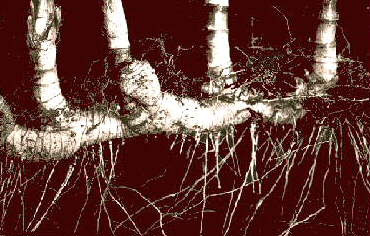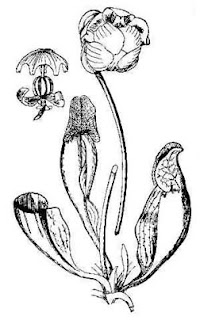Here's an updated version of the aggregation strategy. After splicing the hot dogs together, they can be aggregated in both a regular pattern as well as rotated any degree to introduce a new orientation of the same pattern.
Thursday, October 28, 2010
CeramiStructure
The inspiration for this project comes from Phylum porifera, which are simple multicellular underwater organisms known as sea sponges. These sponges are placed into three taxonomic classes based on the chemical composition of their skeletons, being either calcium carbonate, silicon dioxide or protein fibers.
These three images are of the silicious structure of the glass sponge.
web vessel



Areas of progression need to be a cleaning-up and technical understanding of the piece as a two-part mold. Hole sizes/ hollowing also need to be addressed much more carefully.
Coral_Aggregation_2 -- Marisha & Micah
UPDATED AGGREGATION DIAGRAM WITH CONNECTION DETAIL
We envision aggregating these objects as a free standing wall. From previous blog post: "The aggregation of a tapering form naturally creates a sphere, but by flipping the aggregated units, an undulating form can be created." This undulating wall is held together through small holes in adjacent walls with small plastic connectors and silicone washers.
UPDATED FORM
Wednesday, October 27, 2010
rhizomedrome v.2
Blobulations
nested vessel

Looking at the structure and packing of the rhodotus palmatus fungus I went with a skewed 5 sided packed vessel that allows plants to grow out of openings in both sides. The next step will be figuring out the orientation of the hole in the tile for maximizing the plant's light exposure. This would turn it into a pentagon doughnut of sorts which might allow for water to flow through the structure.
3D lattice
This lattice allows for water to move throught the structure supplying water and nutrients to plants that are located in the node of each tile. The aggregation is self supporting and slips together with a male/female connection. The next step is to figure out how the lattice can be skewed to reduce the void space when looking at it in elevation.
Rhizomedrome Take 1
This scheme begins with a branching, tubular form that can cluster in twisting configurations. Two ideas about material and production are at work - one, that the protrusions of the slip cast form will be sliced with a knife to open them at varying diameters depending on the where the cut is made.
The second is that the form will be glazed on the interior with a high gloss coating and lit from within - dispersing light and color through the apertures as it wends.
The form itself needs some work, both to make it more feasible and to more critically and precisely reflect our rhizomatic intentions.
Tuesday, October 26, 2010
rhizomedrome - nick + nathan
 we've been exploring the implications of the rhizome as a system which can cluster or aggregate at multiple scales.
we've been exploring the implications of the rhizome as a system which can cluster or aggregate at multiple scales.




or in these maps of the internet, which one can think about in a similarly scalar way, but which are perhaps more formally suggestive.
additionally, one of the most interesting and suggestive properties of a rhizome is its lack of a clear origin or terminus - it is a system which has the ability to expand indefinitely, or to be subdivided to the level of a single stem without compromising its overall integrity.
structurally, choosing the rhizome as a precedent seems to have clear implications for the nature of the interaction between metal and ceramic components and for the visibility or lack thereof of the underlying "root structure", which is to say the rhizome itself
Coral Aggregation - Marisha & Micah
Monday, October 25, 2010
Sunday, October 10, 2010
Subscribe to:
Posts (Atom)








 We are planning on splitting the form along the seams, but don't know how to do that in modo.
We are planning on splitting the form along the seams, but don't know how to do that in modo.







